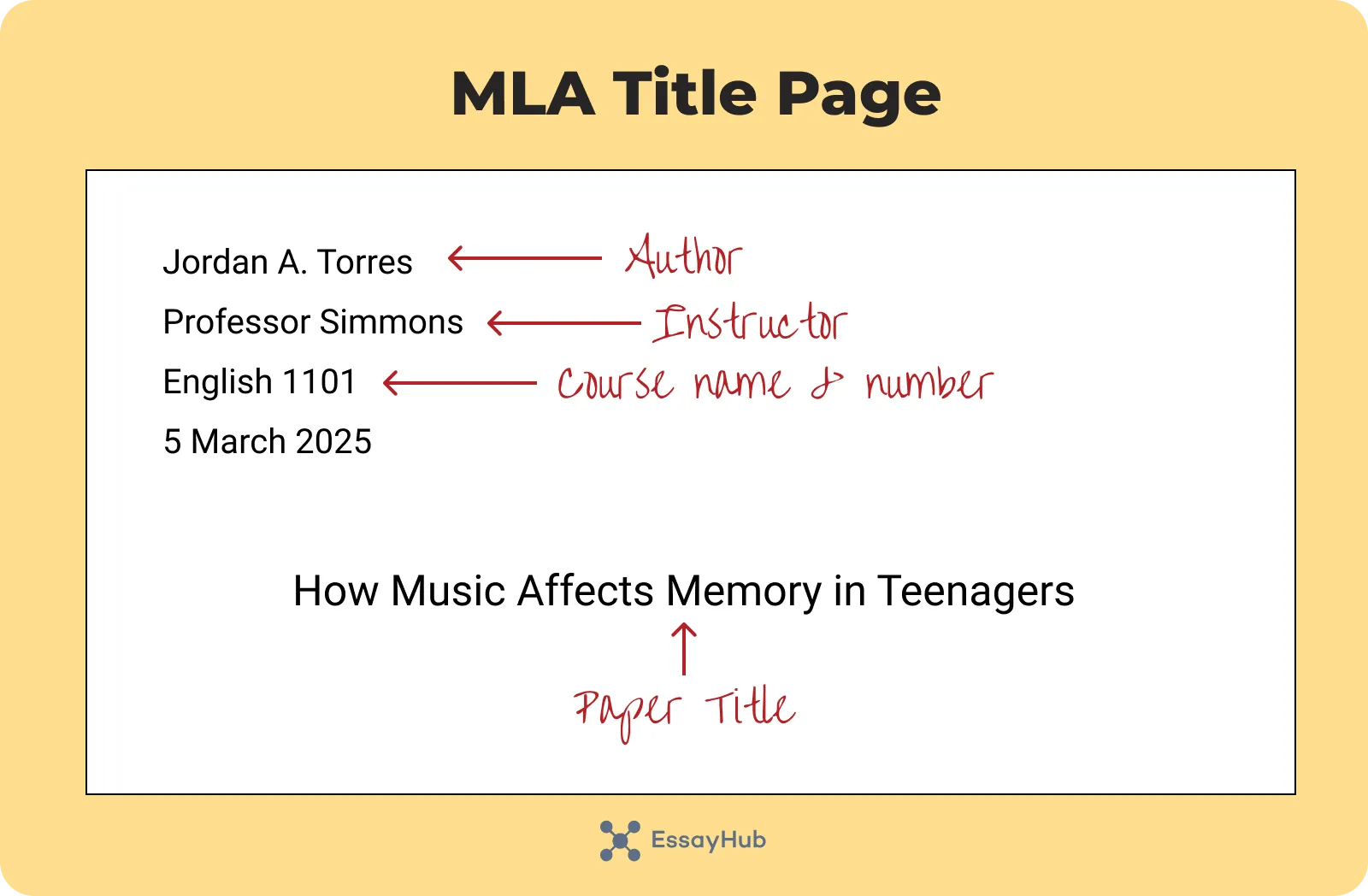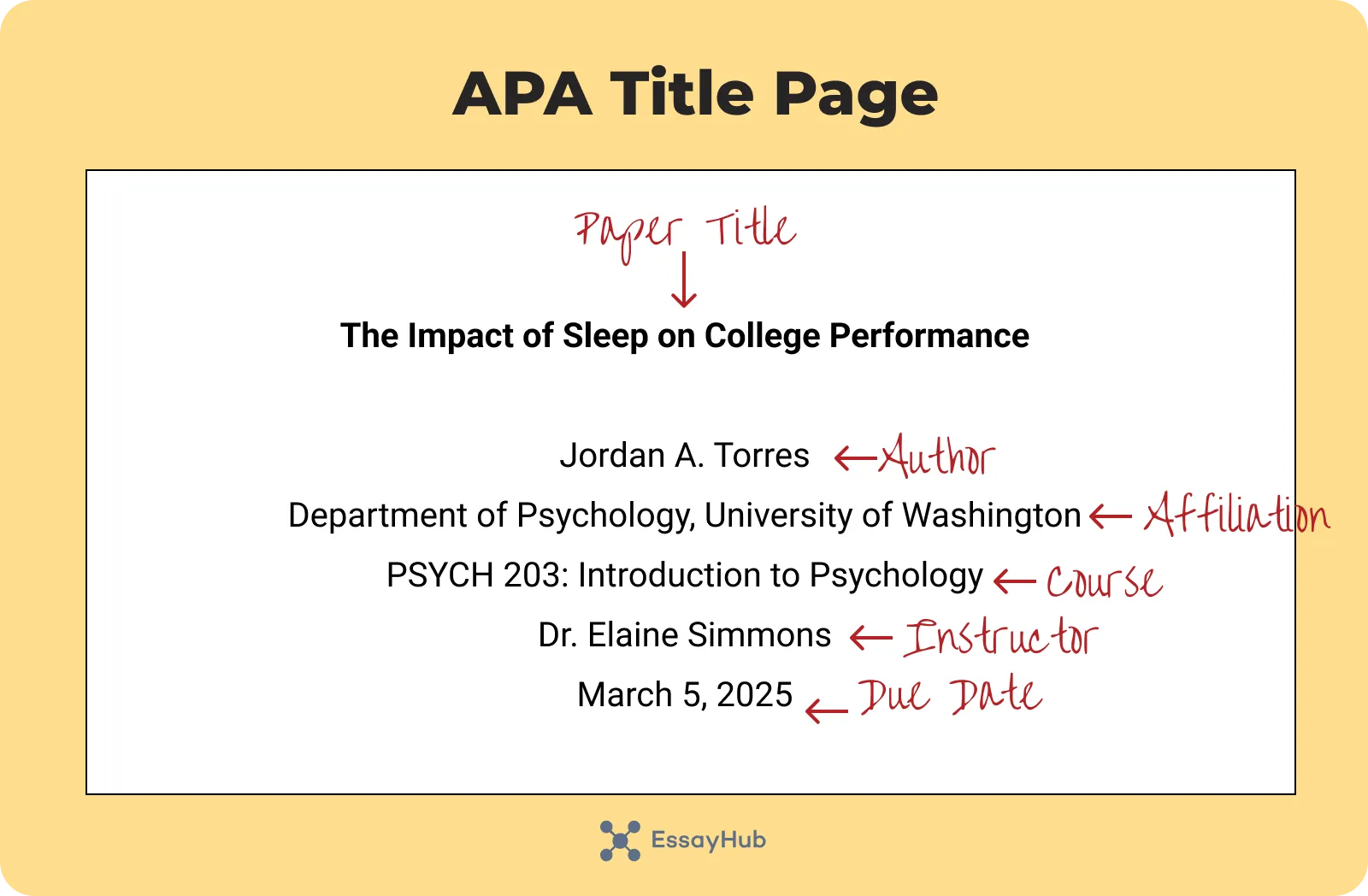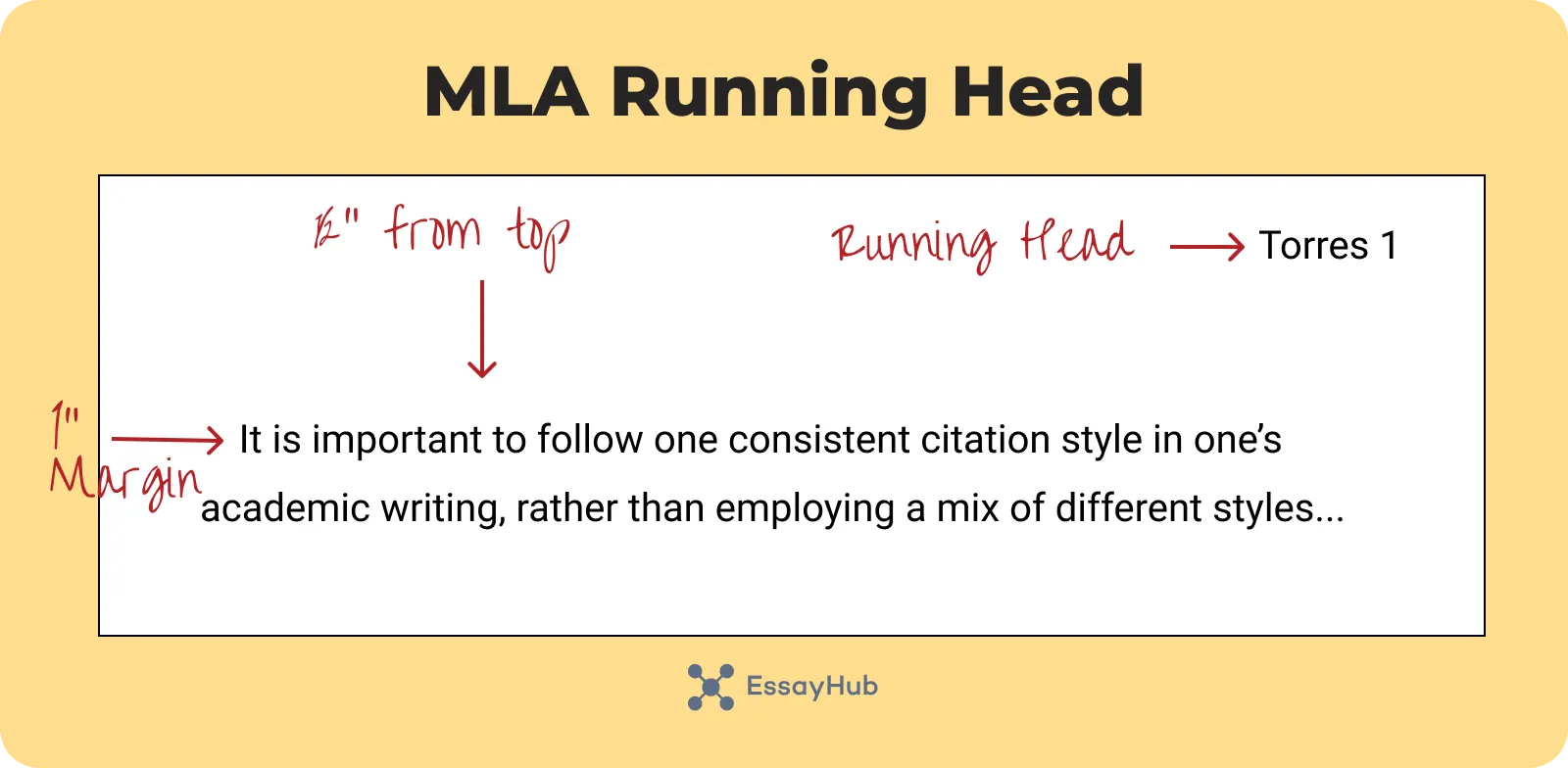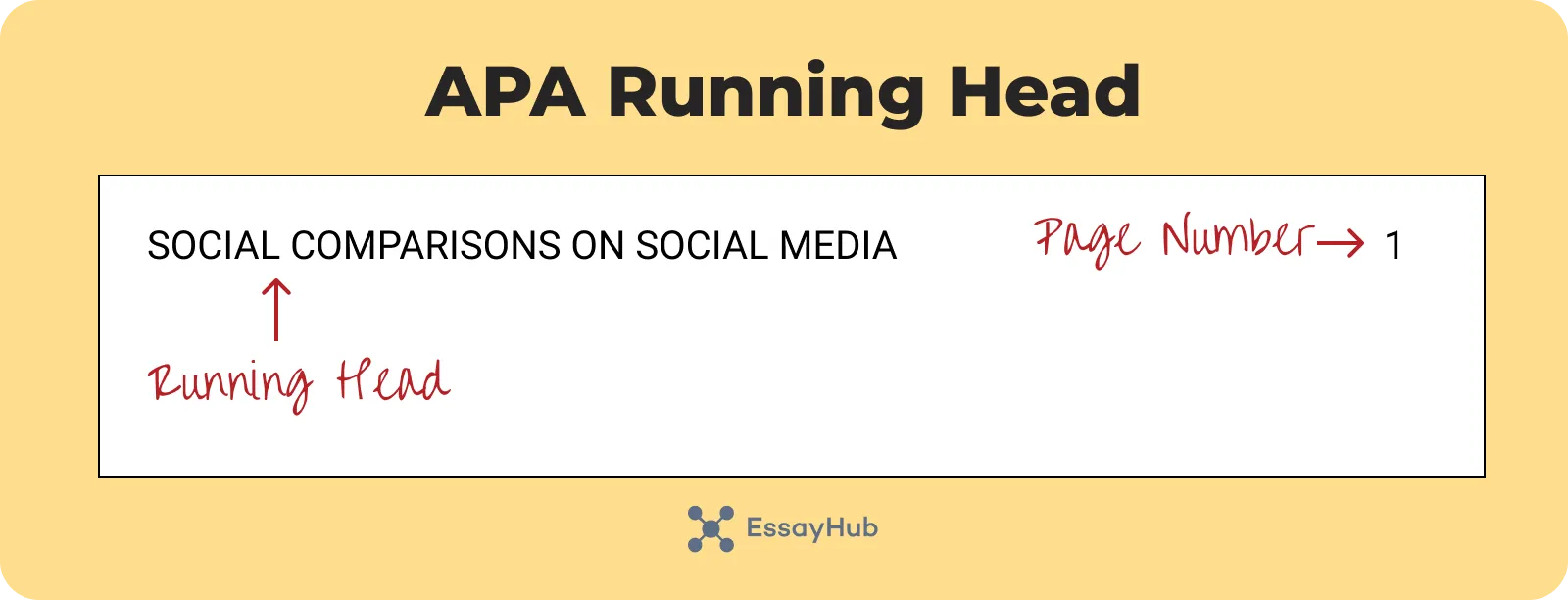Key Takeaways:
- APA is used in social sciences; MLA is for humanities
- APA includes the year in in-text citations; MLA does not
- The final source list is called References (APA) or Works Cited (MLA)
- APA needs a title page; MLA does not
- Headers and formatting rules are different in each style
MLA and APA are two different ways to organize and credit your sources. APA style is a set of rules for writing used in psychology, education, and social sciences. MLA style is another format, mostly used in literature, arts, and the humanities.
- APA is mostly used in psychology, education, and other social sciences.
- MLA shows up more in literature, philosophy, and the humanities.
- They both rely on in-text citations and reference pages, but the formatting isn’t the same.
This article breaks down the difference between MLA and APA in plain terms.
And if you still get a headache even thinking about formatting, EssayHub is here to help you cite everything right with our annotated bibliography writing service.
When to Use MLA vs. APA
APA is a writing style used in the social sciences. MLA is used in the humanities, especially literature and language studies. So, should you use MLA or APA?
- APA (American Psychological Association): You’ll usually use this in psych, education, or anything research-based. It cares about when the info came out and how the study was done.
- MLA (Modern Language Association): This one’s common in literature and humanities. It focuses more on what the author said and how you explain it.
In other words, If your paper is built on studies, APA fits. If it’s built on ideas and texts, go with MLA.
If you’re writing in history, theology, and some fine arts, check out our full Chicago style guide for formatting, footnotes, and citation rules.
Difference Between MLA and APA: Citation Style and Source Page
MLA and APA both want the same thing: to show where your info came from. But they don’t always go about it the same way. One puts the year front and center. The other cares more about where in the text you found the quote. Even the final list of sources has its own rules depending on the style.
Here’s the basic breakdown:
- APA adds the year into in-text citations and keeps things structured and research-focused
- MLA skips the year and leans into authorship and page numbers
Let’s go through both clearly, and with examples you can actually use.
MLA vs. APA: In-Text Citation
These are the little parenthetical notes you drop into the middle of a paragraph when you’re using someone else’s words or ideas. They’re short, but they’ve got rules.
APA gives you the author’s last name, the year the source came out, and a page number if you’re quoting.
- Example: (Johnson, 2022, p. 87)
MLA just gives the last name and page number. No year, no commas.
- Example: (Johnson 87)
In-text citations for MLA and APA:
MLA vs. APA: Source Pages
This is the list of everything you cited, right at the end of your paper. Both styles ask for it, but how they want it formatted is a different story.
APA titles it References. Last name comes first, first names are shortened to initials, and the year shows up right after the name. Titles only capitalize the first word, unless it’s a journal.
- Example: Morgan, R. T. (2019). Exploring human behavior. Beacon Press.
MLA calls it Works Cited. Names are spelled out in full, titles use regular capitalization (like a book title), and the year comes at the end.
- Example: Morgan, Rachel Thompson. Exploring Human Behavior. Beacon Press, 2019.
Source Pages for MLA and APA:
MLA vs. APA: Paper Format
Both MLA and APA styles want your paper to look a certain way. The basics are pretty similar, but the small stuff, like where your name goes or how the header works, can throw you off. If you’ve ever lost points over formatting, you know what I mean.
General Formatting Rules (Both Styles)
- Margins: 1 inch on every side
- Font: Times New Roman, size 12
- Spacing: Always double-spaced
- Paragraphs: Indent the first line
- Header: Last name + page (MLA) or running head (APA)
- Text: Align left, not justified
- Style: Keep it plain, no bold, underlines, or weird fonts
If your paper includes charts, raw data, or additional notes, you might need an appendix. If you're working in Chicago style, here’s how to format your appendix Chicago style the right way.
Title Page and Header
This is where MLA and APA go in totally different directions. One keeps it simple, the other asks for a full title page.
- MLA: No separate title page. List your name, your instructor’s name, the course, and the date (all double-spaced, top left) on the first page. Then center your title. Your last name and page number goes to the top-right corner.

- APA: Needs a full title page. Center the title, your name, school, course, instructor, and date. Page number goes top-right.

Running Head
This is where students often get confused, especially since the rules have changed a bit over time.
- MLA: Put your last name and page number in the top-right corner of every page

- APA: For student papers, the running head is just the page number in the top-right corner. No title is needed unless you’re writing a professional paper

The Bottom Line
Still not sure which rules go with which style? Here's a quick breakdown to keep in mind:
- MLA is for the humanities, APA is for the social sciences
- APA includes the year in citations; MLA doesn’t
- APA ends with a References page; MLA uses Works Cited
- Title pages and headers are formatted differently
If formatting stresses you out, EssayHub’s essay writer service can help with your annotated bibliography and get support with any style you need.
FAQs
When to Use APA or MLA?
Use APA for research-based writing in social sciences. Go with MLA when you're writing about books, language, or anything in the humanities.
What Is the Difference Between MLA and APA?
APA includes the year in citations and follows a stricter format. MLA keeps things simpler and focuses more on page numbers and the author.
Spartanburg Community College Library. (n.d.). APA vs. MLA: What’s the difference? SCC Research Guides. https://libguides.sccsc.edu/mlaorapa/differences



